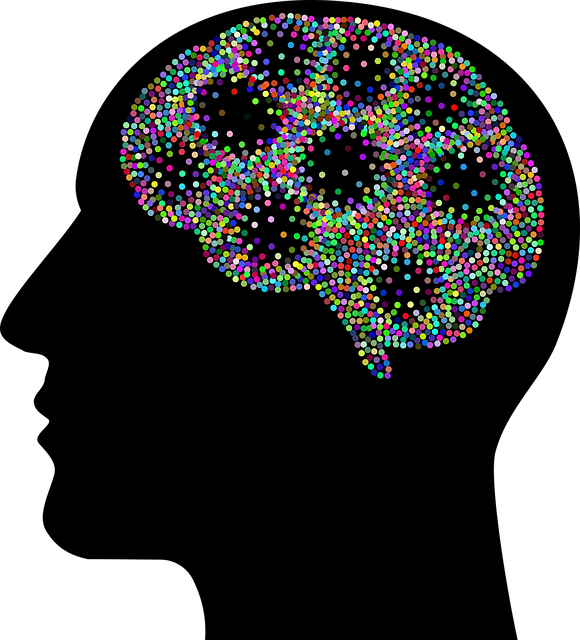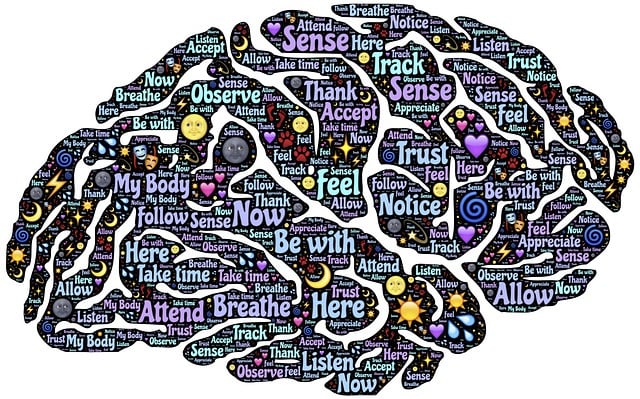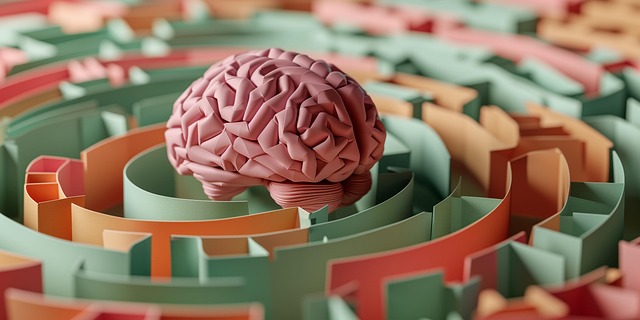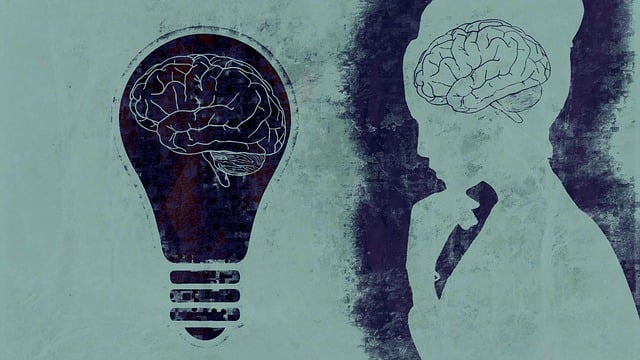Biofeedback therapy, a non-invasive technique, empowers individuals to control physiological responses, effectively reducing stress. By monitoring heart rate, muscle tension, and skin temperature, biofeedback provides real-time feedback to identify triggers. Mental health professionals can enhance client outcomes by incorporating it into risk management plans, building confidence in stress management, and strengthening the therapeutic bond. Practicing mindfulness exercises and deep breathing alongside biofeedback significantly reduces stress, improves mood management, and builds resilience, leading to better overall well-being.
Stress reduction is a vital aspect of maintaining good mental health. In this article, we explore effective methods to combat stress, focusing on biofeedback and therapy as powerful tools. Delve into ‘Understanding Biofeedback: A Powerful Tool for Stress Reduction’ to discover how this technique can help you gain control over your physiological responses. We also discuss the role of therapy in managing stress and anxiety, along with practical daily techniques for achieving calmness. Discover these strategies and embrace a calmer life.
- Understanding Biofeedback: A Powerful Tool for Stress Reduction
- The Role of Therapy in Managing Stress and Anxiety
- Practical Techniques to Implement Daily for Calmness
Understanding Biofeedback: A Powerful Tool for Stress Reduction

Biofeedback is a powerful therapy that teaches individuals to gain control over their physiological responses, offering a significant tool in stress reduction. This non-invasive technique empowers people to monitor and regulate bodily functions such as heart rate, muscle tension, and skin temperature. By providing real-time feedback about these physical changes, biofeedback helps individuals identify when they’re experiencing stress or anxiety and teaches them techniques to calm themselves. It’s a form of self-regulation that can be life-changing for many.
For mental health professionals, incorporating biofeedback into their risk management planning can enhance client outcomes. By teaching patients communication strategies to understand their bodies’ signals, professionals support improved confidence in managing stress. This not only boosts clients’ ability to cope but also strengthens the therapeutic bond between practitioner and patient.
The Role of Therapy in Managing Stress and Anxiety

Therapy plays a pivotal role in managing stress and anxiety by providing individuals with effective tools and strategies to cope. Through professional guidance, therapy offers a safe space for clients to explore and understand their triggers, thought patterns, and underlying emotional issues contributing to their stress levels. By utilizing evidence-based techniques such as cognitive behavioral therapy (CBT), mindfulness practices, and relaxation training, therapists empower clients to develop healthier coping mechanisms and enhance their overall well-being.
One innovative approach within therapy is biofeedback, which teaches individuals how to gain control over certain bodily functions usually beyond conscious awareness. By using sensors and real-time feedback, biofeedback sessions help clients learn to relax muscles, regulate heart rate, and stabilize breathing patterns. This method not only assists in immediate stress reduction but also equips individuals with self-management skills for long-term mood management and improved mental resilience. Additionally, a thorough risk assessment for mental health professionals ensures the safety and effectiveness of therapy interventions, fostering a supportive environment conducive to successful stress reduction.
Practical Techniques to Implement Daily for Calmness

Incorporating practical techniques into your daily routine can significantly contribute to calmness and overall well-being. Biofeedback therapy stands out as an effective stress reduction method, offering individuals the power to consciously control their physiological responses. Through this therapy for biofeedback, one learns to regulate heart rate, muscle tension, and skin temperature, ultimately fostering a deeper sense of relaxation. By understanding how various bodily functions are connected to mental states, people can gain valuable tools for mood management.
Additionally, mindfulness exercises and deep breathing techniques are simple yet powerful practices to enhance resilience building. These methods promote an awareness of the present moment, helping individuals detach from stressful thoughts. Dedicating a few minutes each day to these activities can create a calmer mindset, leading to better stress management and improved overall mental health.
In conclusion, combining biofeedback therapy with practical daily techniques offers a multifaceted approach to stress reduction. Understanding biofeedback as a powerful tool and leveraging professional therapy alongside personal practices like meditation or deep breathing can significantly enhance calmness and overall well-being. By integrating these methods into everyday life, individuals can effectively manage stress and anxiety, leading to a more balanced and serene state of mind.














